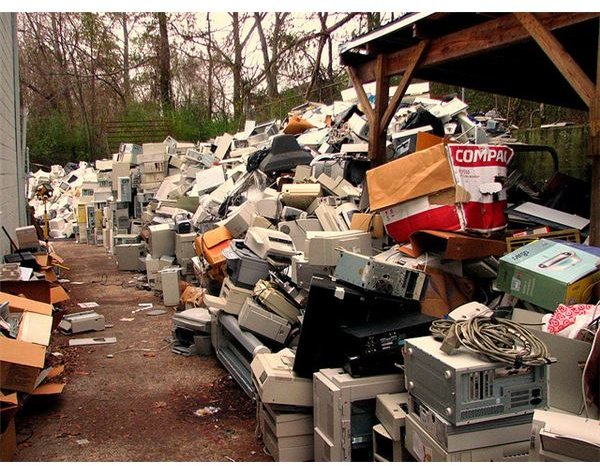An Overview of Employee Waste Reduction Incentives
Types of Incentives
Organizations expecting employees to eliminate waste need to adopt a two-pronged approach to educating the workforce. One must consider what constitutes waste and establish a culture of thrift, productivity, and openness, where everyone takes the initiative to control waste without waiting for orders and points out deficiencies that require correction. Both these approaches require reinforcements through incentives.
Monetary rewards for elimination of waste provide a vested interest for employees to eliminate waste. The most common forms of monetary incentives include payment of bonus, either on an individual or group basis, for those who eliminate waste beyond a certain threshold. Other forms of monetary incentives include gifts or gift coupons.
Money, however, need not motivate everyone. The various behavioral theories of management point to other motivations such as the need for recognition, the need for achievement, and similar motivations, all of which provide the basis for employee waste reduction incentives.
Common forms of recognition-based incentives include:
- Commemoration or thank you poster at the notice board of the main entrance or lunch room, and in the company magazine or through a special memo.
- Personal letter to employees’ families recognizing the efforts.
- One-on-one time or lunch/dinner spent with management, with the management seeking the advice of the employee.
- Special time off to spend with the family, and the like.
- Team lunch or dinner to commemorate the occasion.
Recognition-based incentives can even be simple measures such as a badge of honor or a helium balloon to fix at the workstation.
Common forms of achievement-based incentives include favorable performance appraisal ratings and better scope for promotions and career advancement.
Many companies place the money saved through the waste reduction program in the employee benefits fund or donate the same to a charity.
The key to success is to adopt the incentives that suit the organization, and which the employees prefer.
Image Credit: flickr.com/Curtis Palmer
Best Practices
Adherence to some good practices in a zero waste program increase the chances of success of the employee waste reduction incentives. Some such best practices include:
- Define the yardsticks of waste elimination in the zero waste business plan in terms of the results rather than processes. There is no point in rewarding someone for doing a process with zero waste when the process itself is a waste. Typical yardsticks include on-time delivery, productivity in labor hours versus sales, percentage reduction in rework, reducing quality claims by percentage of sales, and other suitable measures.
- Wait until the organization has achieved its lean transformation or established the blueprint to eliminate waste before creating the policy of financial incentives. The transformation phase will most likely see a change many times in the rules and policies on what constitutes waste and how to curtail waste. Such standards can nevertheless change at the start of a new incentive period.
- A good system responds to achievement of the required standards by rewarding maintenance of such standards. Care, however, needs to be taken that the incentive scheme remains reward for good behavior rather than punishment for bad behavior. Punishing bad behavior can have a demoralizing effect and cause legal issues.
- The best form of incentives is a “pay-for-skill” program or differential level of incentives based on extent of waste removed or adherence to the standards. This however should not be at the cost of ignoring teamwork. The best reward scheme is hybrid, with a bonus for the team, and special awards for those who put in the best efforts.
- Finally, many incentive schemes such as profit sharing, gain sharing, and one-time bonuses have legal implications. Make sure the incentive schemes comply with the relevant legislation.
External Incentives
Incentives for elimination of waste are not just an in-house concern. The serious implication of waste on the environment has made many external agencies also sit up and take notice of employee waste reduction incentives. The Waste Reduction Awards Program (WRAP) of the California Department of Resources, Recycling, and Recovery, or (CalRecycle), established in 1993 is a case in point. This annual program recognizes California businesses that make outstanding efforts to reduce the waste that goes to landfills. Successful applicants receive an award certificate from the State of California along with a camera-ready “Wrap Winner” logo for use in products, and a window decal.
